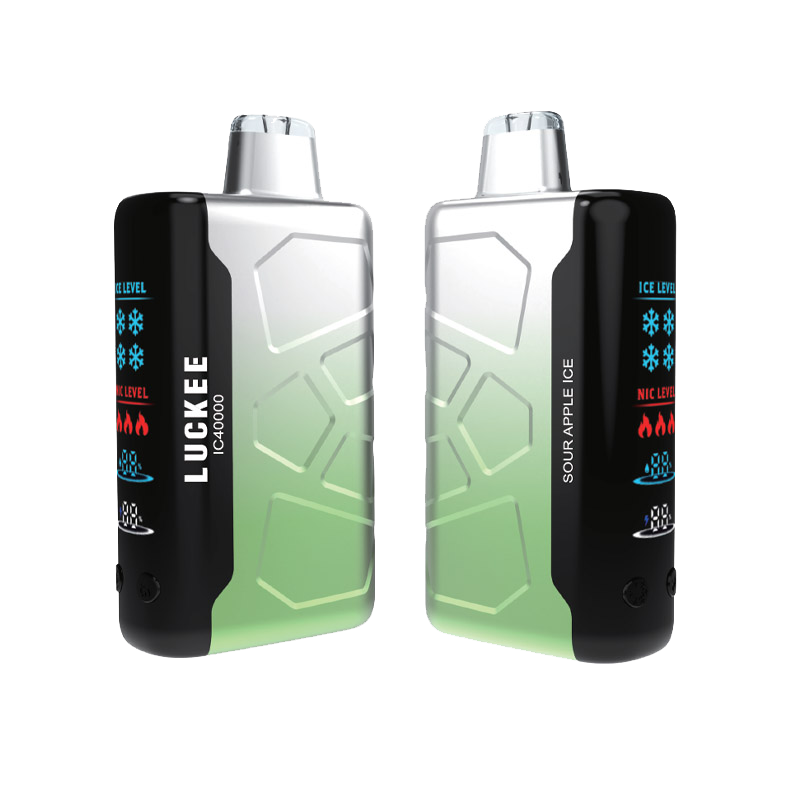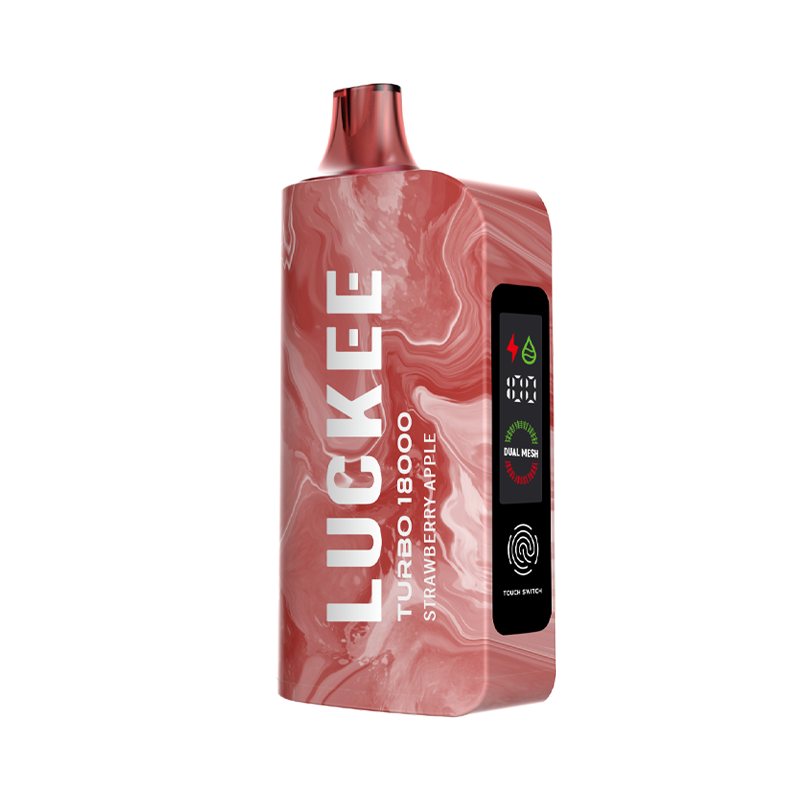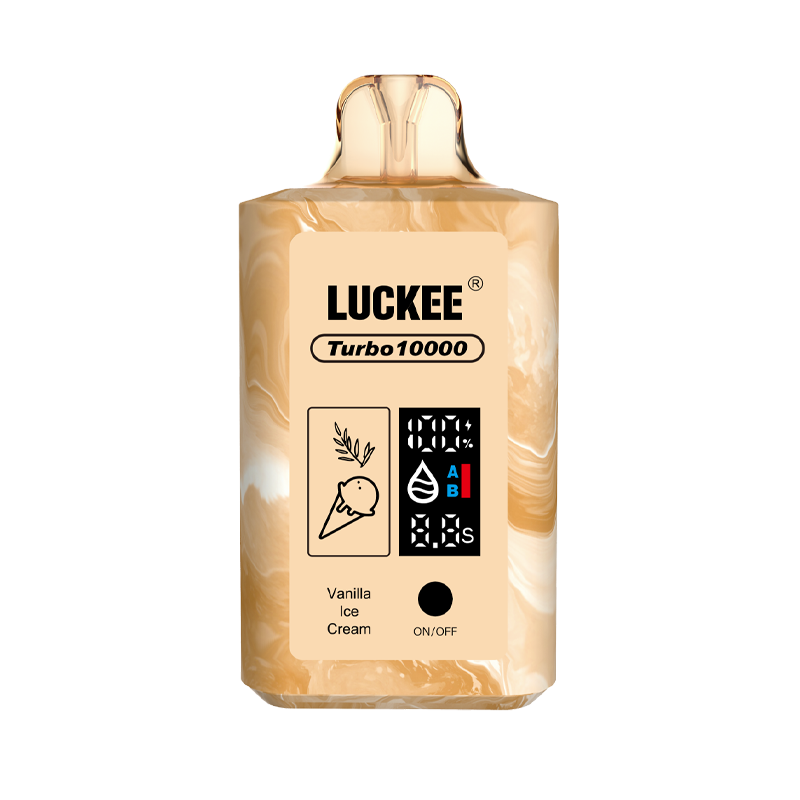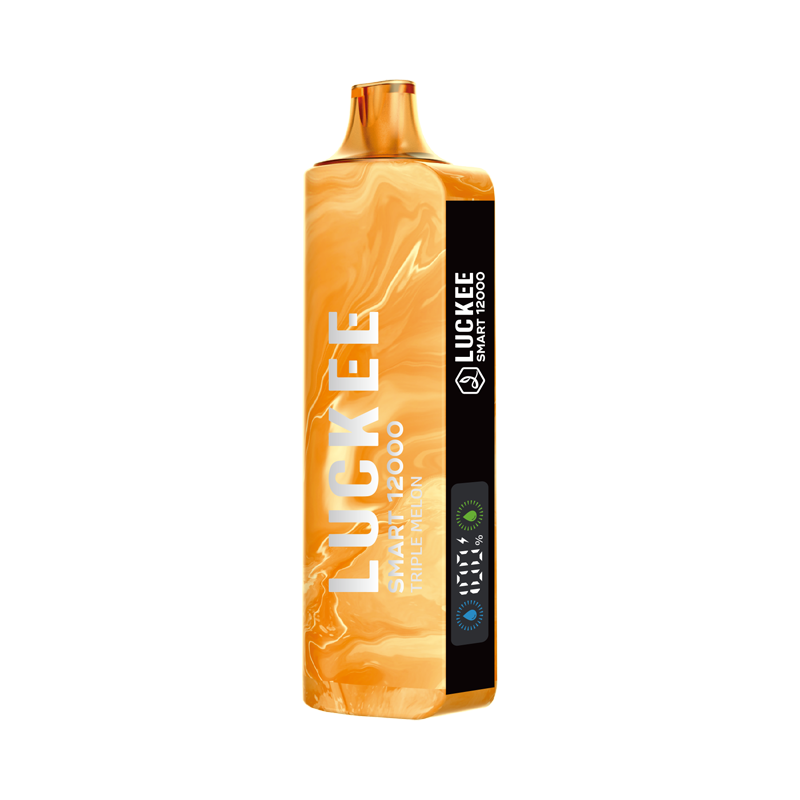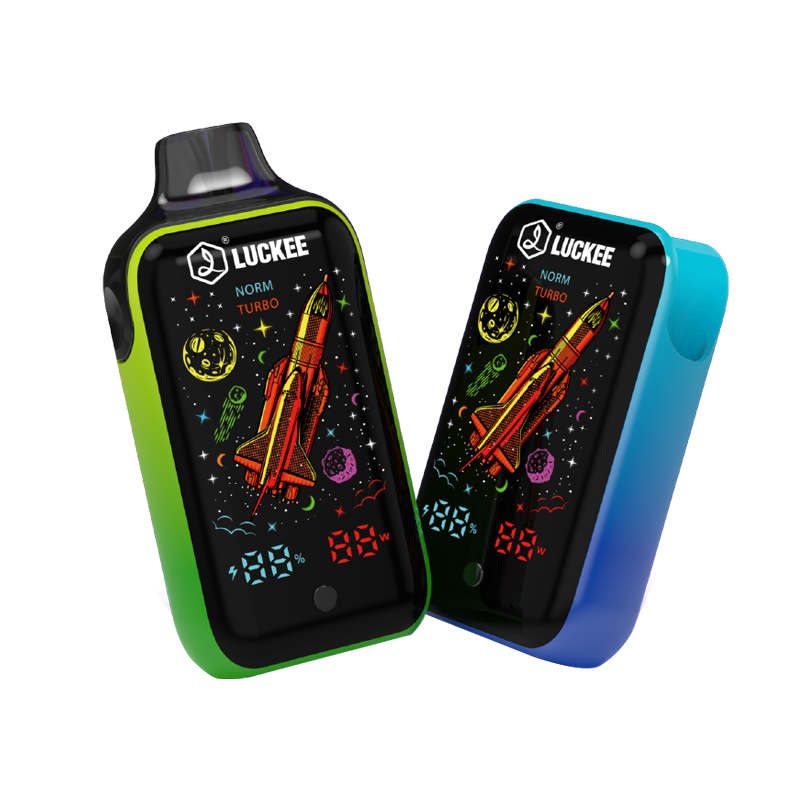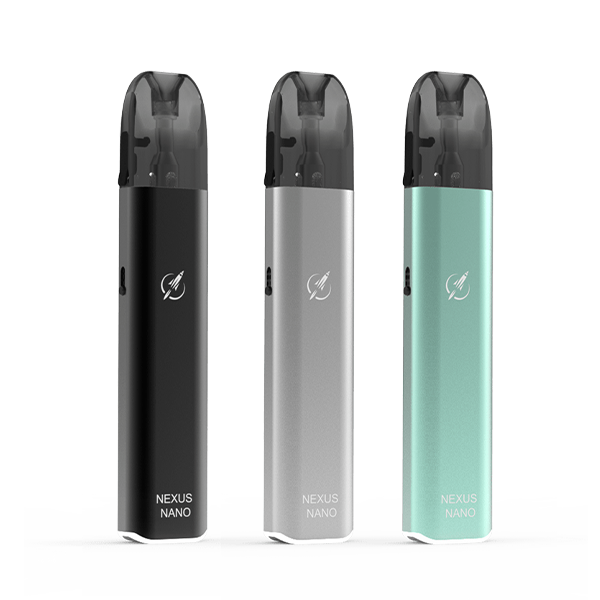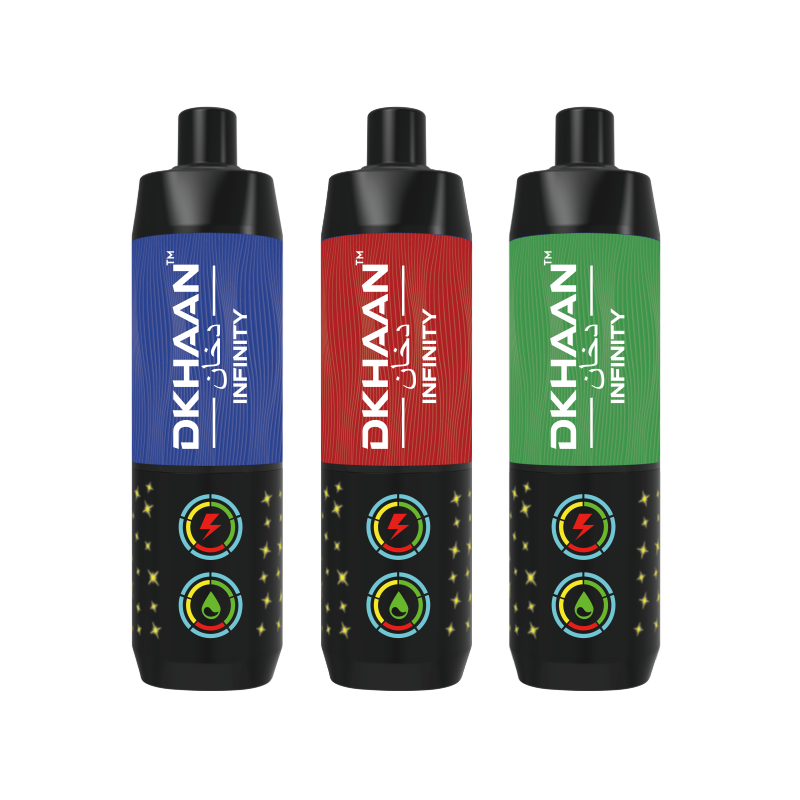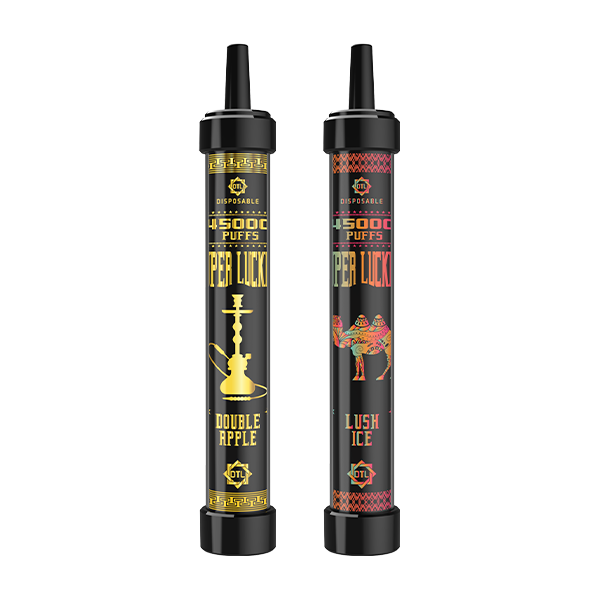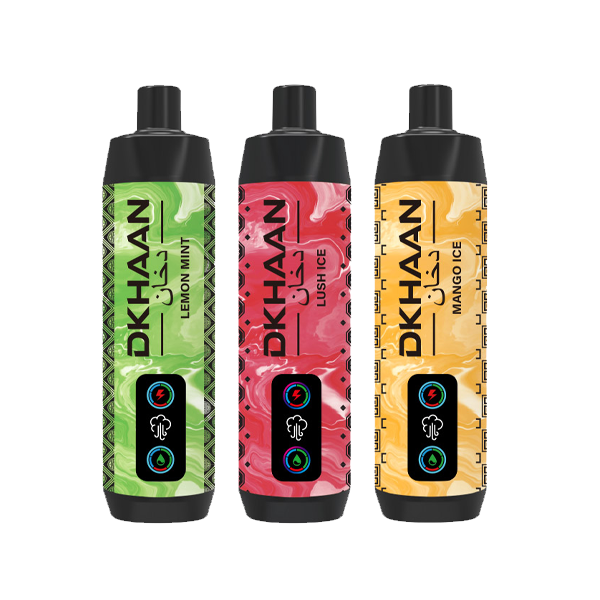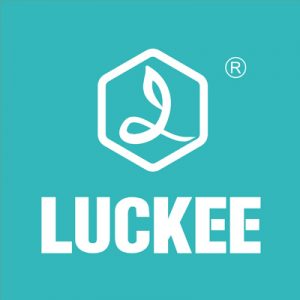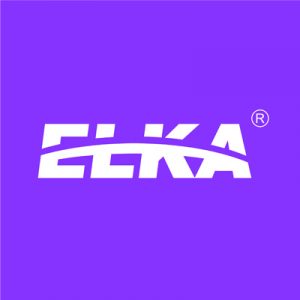By 2025, vape have moved well beyond the fringes in Italy—they’ve become a mainstream part of daily life. The statistics are unambiguous: at least three million Italians now vape regularly, and this number is on a steady upward trajectory. Vaping is woven into the fabric of urban living, with the gentle swirls of vapor a familiar presence in parks, outside bars and cafés, and even at red lights on city streets.
The typical Italian vaper is now clearly profiled. Young adults, particularly those between 18 and 34, make up the lion’s share of users. Yet, it’s increasingly common to encounter older adults who have swapped their conventional cigarettes for this modern, electronic alternative. For many, vaping is no longer just a novelty or a hobby—it’s a seamless part of their everyday routine, a gesture as instinctive as checking one’s phone. Besides habitual vapers, there’s a growing segment of occasional users—people intrigued by social trends or drawn in by curiosity, sampling e-cigarettes in social settings. The devices themselves have evolved from basic tools of consumption into objects that are highly customizable, aesthetically expressive, and markers of personal style and identity.
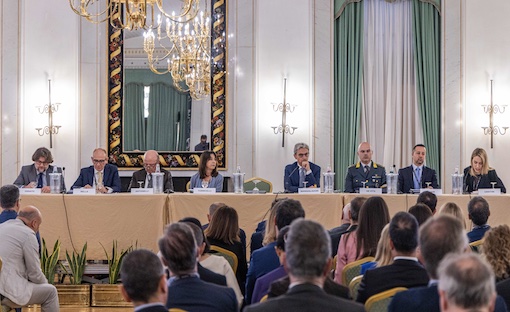
Financially, the Italian e-cigarette sector has surpassed €750 million in annual turnover, with no indication of slowing momentum. The past year alone has seen a robust 29% growth rate, underscoring the industry’s vitality even amid shifting regulatory winds. One recent change—the prohibition of online sales of nicotine-containing e-liquids—has dramatically reshaped the commercial terrain. While online commerce has taken a hit, physical outlets such as tobacconists and dedicated vape shops have responded by diversifying their inventory and reinventing their sales strategies. Consumers, too, are adapting: some pivot toward disposable vapes, others seek out nicotine-free options, and many are exploring alternative channels to access their preferred products.
Across the supply chain, activity remains high, from small business owners and importers to artisans crafting bespoke mods. Each regulatory adjustment reverberates through the ecosystem, forcing swift innovation and adaptation, while major industry events continue to serve as important litmus tests for the market’s health and direction. The culture of vaping has evolved—it’s no longer just about nicotine intake, but also about expressing taste, belonging to a community, and setting lifestyle trends.
Looking ahead, the Italian vaping landscape in 2025 is much like a dormant volcano: its surface appears calm, but dynamic forces are bubbling beneath. The explosive phase of early growth is maturing into an era of consolidation and refinement. The marketplace is growing more sophisticated and selective; consumers are better informed, and competition is increasingly driven by quality and innovation. Major corporations are now leveraging predictive analytics and targeted marketing to stay ahead, while boutique producers are carving out space by offering high-end, artistically designed devices tailored to discerning clientele. Technology remains at the forefront of this transformation—expect to see even more compact devices, smart features, and advanced tracking for personalizing usage and dosage.
All signs point to an industry that is becoming ever more strategic, professional, and adaptive—poised to navigate evolving regulations and the changing tastes of a demanding, trend-setting customer base.

